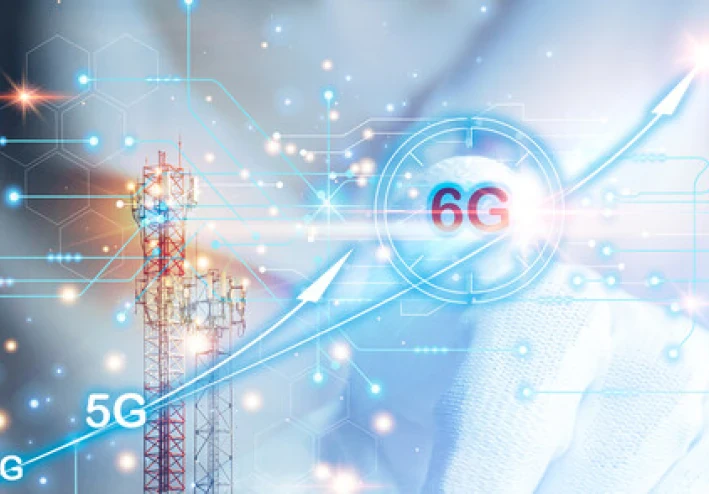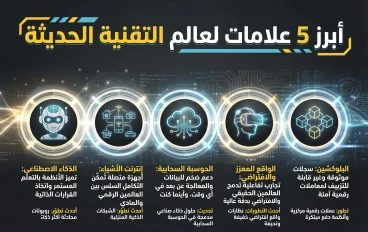
Antenna Technologies for 6G the Future of Wireless Communication

1. Introduction:
The anticipation surrounding 6G is the same as the phenomenon surrounding 5G. One of the expected applications of this technology is supporting a widespread internet of things (IoT). With the deployment of 6G, newer technologies like AI, quantum computing, and virtual reality are expected have the utmost purpose. Likewise, the antenna systems will always be the backbone and a critical unit enable 6G systems. This paper examines the existing state of antenna technologies for 6G deployment, the systems and the issues yet to be resolved.
2. Key Requirements for 6G Antennas:
2.1 Higher Frequencies:
The data transfer rates of 6G is said to be unprecedented and to rely on a frequency range of terahertz (0 superscript 1 - 10 THz). for telecommunication systems Ultra-high data rates of 1TB per second is set to revolutionize everything. Moreover, antennas must be created to efficiently execute the most basic of tasks which includes communication within tis subsystems.
2.2 Massive MIMO and Beamforming:
6G will depend on cutting-edge MIMO (Multiple Input Multiple Output) systems which are here to stay because of the support of hundreds or even thousands of antennas. This is required to provide the ability to deliver high spectral efficiency and capacity while maintaining strict terms of usability.
2.3 Energy Efficiency:
The main focus of antenna systems for 6G is the usage of energy. With that in mind, green wireless communication networks are also strained to match their required purpose without damaging the environment.
2.4 Intelligent and Reconfigurable Antennas:
As mentioned earlier, the integrated systems for 6G demands AI antennas, which in turn means that apart from everything, their ability to modify according any network condition or user behavior is a necessity.
2.5 Integration with Emerging Technologies:
Apart from that, the integration of AI, IoT, edge computing.
3. Antenna Technologies for 6G:
3.1 Terahertz (THz) Antennas
Description: Ultra high-speed communication is enable with the usage of THz antennas, which function on the frequency of terahertz.
Applications: Advanced sensing, holographic communication, and ultra-high-definition streaming.
Challenges: Limited range, high path loss, and complex fabrication.
3.2 Intelligent Reflecting Surfaces (IRS)
Description: IRS uses metasurfaces to enhance electromagnetic signal reception and coverage by controlling the waves dynamically.
Applications: Mitigation of interference, energy-efficient networks, and enhanced coverage.
Challenges: Real-time control and system integration.
3.3 Holographic Beamforming Antennas
Description: Using modern techniques to beamform, these antennas dynamically create precise radiation patterns.
Applications: Millimeter-wave communication, high-capacity networks, and satellite systems.
Challenges: Complexity and high cost.
3.4 Reconfigurable Intelligent Surfaces (RIS)
Description: Environments can be altered intelligently to optimize the propagation of signals using RIS.
Applications: The IoT, smart cities, and industries using 6G.
Challenges: Real-time adaptability, scalability, and computational resources.
3.5 Ultra-Massive MIMO
Description: An ultra-massive MIMO system consisting of hundreds or thousands of antennas achieves unprecedented output as well as limits on size and weight.
4. 6G Antenna Development Challenges:
4.1 High Path Loss at THz Frequencies:.
One of the challenges of working with THz signals is that they are strongly attenuated, which means that signal amplification and propagation can be a problem.
4.2 Hardware Complexity:
Holographic beamforming and RIS are examples of advanced antennas that require complex hardware and signal processing.
4.3 Energy Consumption:
It is essential for high-performance antennas to be energy efficient without compromising on performance to support sustainable networks.
4.4 Standardization:
The absence of global standards for 6G technologies is a challenge to antenna development and deployment.
4.5 Security and Privacy:
6G antennas must consider security issues, especially in AI-based and quantum computing-based environments.
5. 6G Antennas applications:
5.1 Holographic Communication:
6G antennas will realize real time holographic communication for immersive telepresence.
5.2 Autonomous Systems:
Autonomous vehicles and drones will rely on 6G antennas for high speed and low latency communication.
5.3 Smart Cities:
6G antennas will enhance smart city applications like traffic control, energy management, and safety.
Healthcare 5.4
6G enabled antennas will enhance remote surgery, patient monitoring, and AI assisted diagnosis
6. Conclusion
Antenna technologies are central to the advancement of 6G, facilitating the emergence of the next wireless communication generation. These solutions, ranging from terahertz antennas to intelligent reflecting surfaces, will solve the problems of increasing frequencies, energy efficiency, and compatibility with new technologies. Despite the challenges, 6G antennas have the potential to revolutionize various sectors and enhance the standard of living































